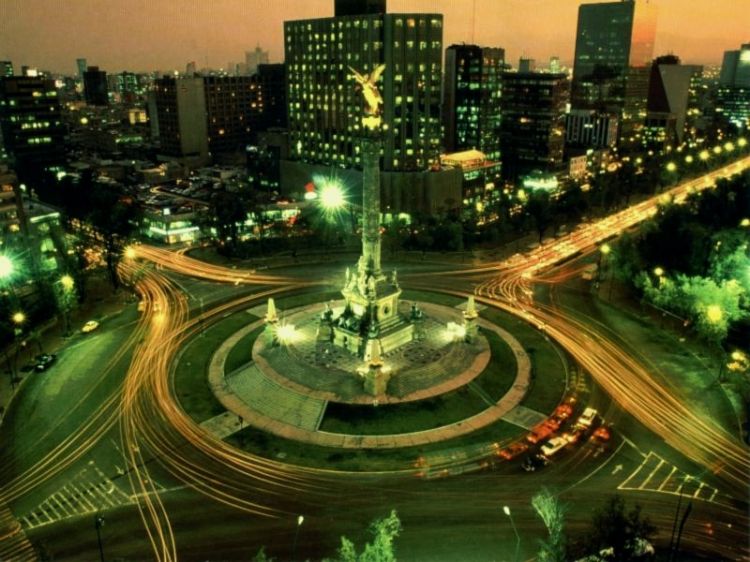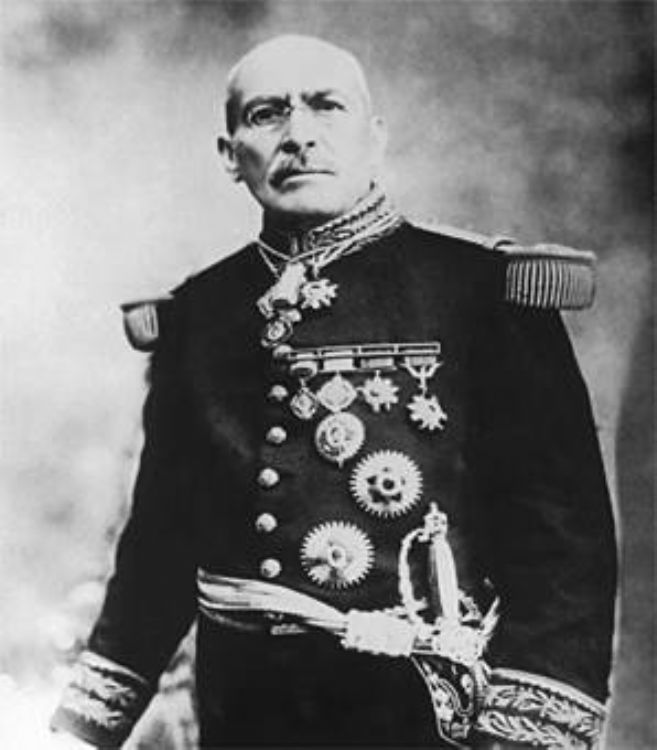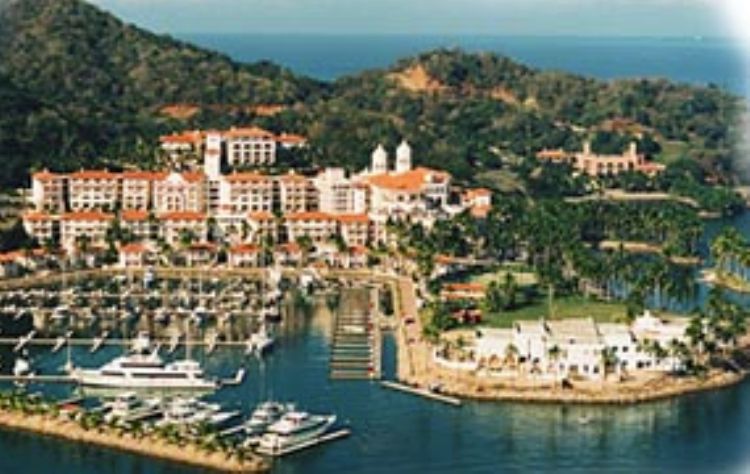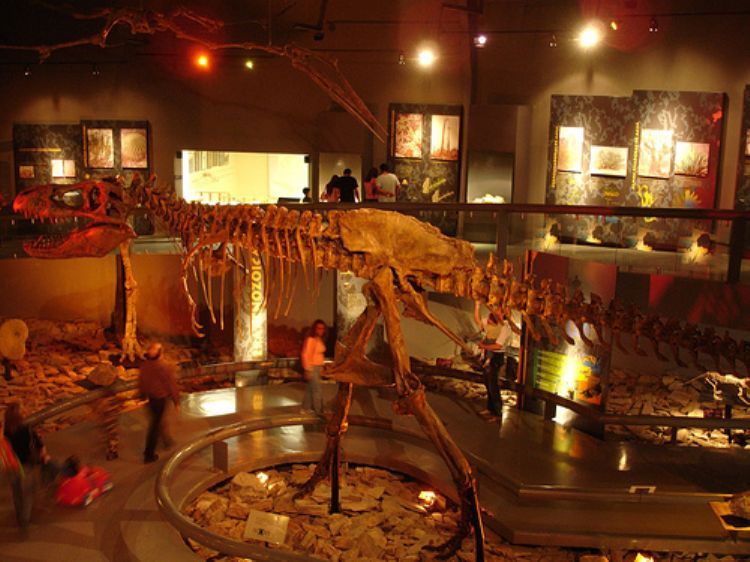The Cathedrals, Churches and Convents of Mexico
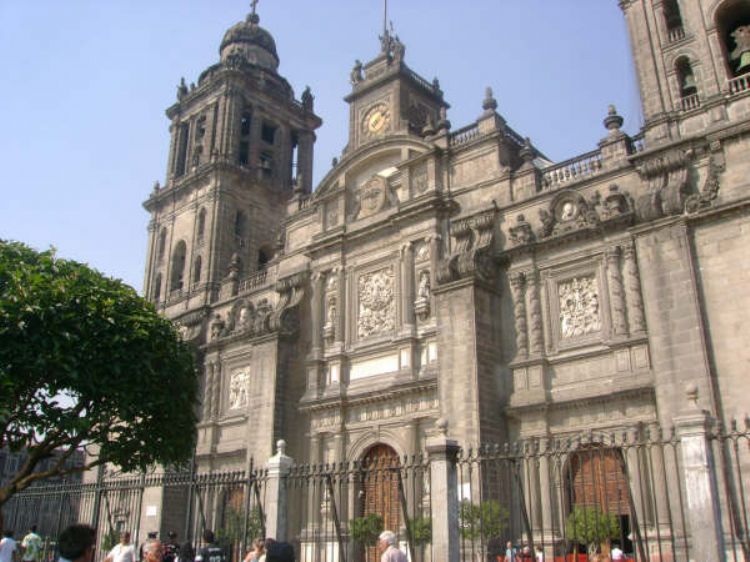
In the Europe of the Middle Ages, the cathedral was without a doubt the most important place of the spiritual, cultural and even political world. It symbolized the city and its economic development, joining the wealth of the Crown, the Church and the people. This demonstration of power was repeated in America.
The cathedral in the capital of Mexico was not the exception. It was founded in 1527, although it wasnât the first, another was constructed for celebrating the Mexican Third Provisional Council. However, the construction was demolished in 1628 because it didnât correspond, according to authorities, to the magnificence they were searching.
The former cathedral was substituted by the one we know today, although there is no memory of the precise start of its construction, there are coincidences in that it started during the second half of the XVI century, a project by Claudio de Arciniega. Its structure is a set of five naves; a central of greater height, two processionals and two in the extremes occupied by chapels. In the façade there are three covers corresponding to the central and processional naves, besides the cubes sustaining the towers and the start of a series of chapels. Access to the interior is done through side doors; the one in the center generally remains closed and only opens on very solemn occasions.
Upon entering you can perceive the height and depth of the building separated by huge pillars. The central nave presents a particular division because it hosts the chorus, the major altar and culminates with the chapel of the Kings. Between the central door and the chorus there is a space limited by the altar of Forgiveness, because thatâs where the prisoners condemned by the Inquisition passed through to reconcile with the Church.
The predominating styles of the Cathedral are Renaissance, Mannerism, Churrigueresque and Baroque.The metropolitan cathedral, the same as most religious works, represent in themselves the conjunction of artistic talents throughout various centuries: architecture, carving and painting expressed in their spaces, murals, altarpieces and sculptures in which they used the most luxurious and beautiful materials of the time.
The Church of San Juan Bautista in Coyoacán is evidence of the Franciscan influence and settlement from 1524 to 1529, year when the Dominicans were established. That historical fact explains the existence of Plaza de la Conchita and the limit of this Convent where the atrium was originally placed. Crossing the street of the three crosses is Plaza de Hidalgo and the parish church of San Juan Bautista. The current church was finished in 1582 and was dedicated to that Saint. Until 1932 it had three naves that are currently grouped into one and of the first only two crossings are left. The façade continues to have a beautiful arch in the baroque style of the XVI century, which had to be reconstructed with a stone frame. Currently its atrium has become the center of entertainment and rest for the residents of Coyoacán.
The Church of San Bernardino located on the streets 16 de Septiembre, Pino, Violeta and Nuevo León, in the colonial plaza, in the center of Xochimilco, belongs to the convent of San Bernardino, founded in 1535 with that annex church. The person in charge of the construction was Friar Alonso Francisco de Soto. The arches of the cloister are half point over Doric columns; the church, for the characteristics of its façade and buttress, is of fortress style and in its interior are beautiful altarpieces in different styles and sumptuous cobblestone. Inside there is still an impressive pulpit of carved wood, surrounded by the balustrade of golden wood, altarpieces and sumptuous chairs in the chorus, as well as the main altarpiece of the major chapel.
Another of the magnificent ecclesiastical constructions are El Convento and Iglesia del Carmen found on Avenida Revolución. Constructions owed to the Carmelitas friars and the help of the indigenous local boss Don Felipe de Guzmán. On the 29th of June 1615 the Viceroy of New Spain Diego Fernández de Córdoba placed the first stone of the school convent of San Ángelo Mártir. That monastery, together with its church, hermitages and orchard, were so relevant that the town named it after the Carmelita monastery; suppressing the final âoâ leaving it as San Angel. The convent and its church were named El Carmen.
The original monastery was finished in 1617. Since 1633 some improvements were made; in 1673 the cells were more than forty, besides the dormitories. The orchard of Carmen had many hermitages, as the ones of Chimalistac and Panzacola, which still subsist, as well as some bridges that can be seen on the street Del Río or Joaquín Gallo. âThe secretâ of the street of that name is a quadrangular construction closed by gates and named because it is said that if you speak towards the wall in one of its internal corners, you can be listened in any of the others. Since the event that ended the cloisters, in 1881, the land was fragmented and sold in parts; part of the convent was demolished to open streets. Rests of the convent are preserved in the adjoining houses or in those close to the Colonial Museum El Carmen.
The Church El Carmen has an atrium, a portico and a vestibule before the access door; a central arch higher that the laterals and is finished by a simple pediment, a window illuminates the chorus and over it is a niche with the Patron Saint. The façade is sustained by great pillars and crowned by a pediment.
In Tepotzotlán is one of the most impressive temples in the country, on its façade and interior it contains great baroque altarpieces. The Casa de Loreto in the cabin of the Virgin beautifully executed in a baroque style with mudéjar influence. It is from 1733. In the sacristy there are interesting paintings by Miguel Cabrera.
Between the patios Aljibes and Naranjos, the domestic chapel has a great baroque altarpiece full of mirrors and reliquaries. Behind the church, there is a viewpoint for contemplating part of the set and beautiful landscapes.
Currently you can see magnificent constructions that seem fortresses for their thick walls; the baroque church of San Francisco Javier with its interesting façade and altars in a Baroque Churrigueresque style. Outstanding among them are El Principal, dedicated to San Francisco Javier, the San Luis Gonzaga, the Virgin of Guadalupe, San José and the chapel dedicated to the Virgin of Loreto. Also very beautiful are the chorus, the richly adorned orthogonal cabin, its domes and decoration, the sacristy and some sections of the convent such as the cloister of aljibes, the domestic chapel, kitchen, refectory and basement.
Artículo Producido por el Equipo Editorial Explorando México.
Copyright Explorando México, Todos los Derechos Reservados.
Fotografía tomada por Alejandro González

